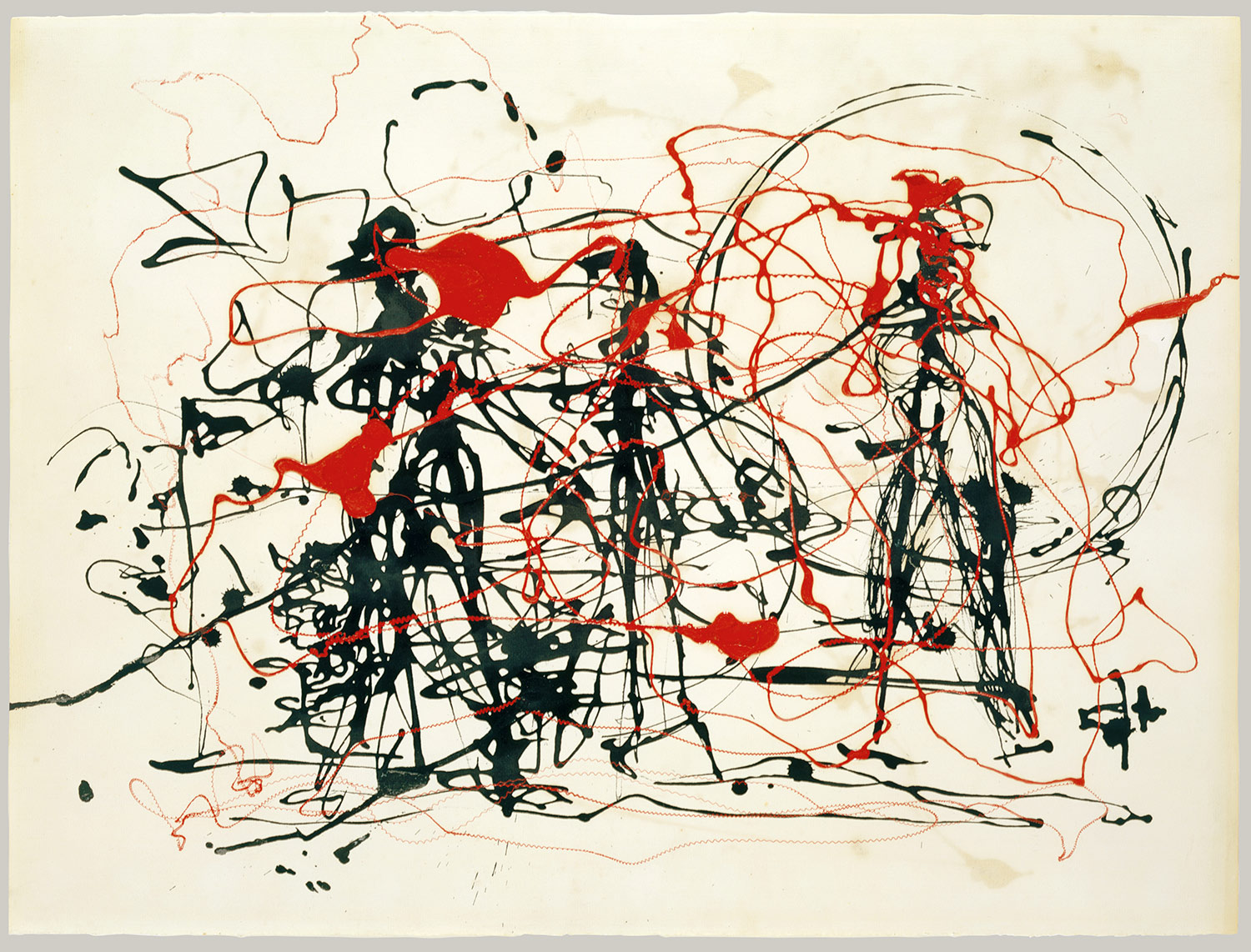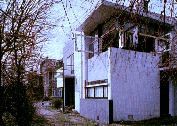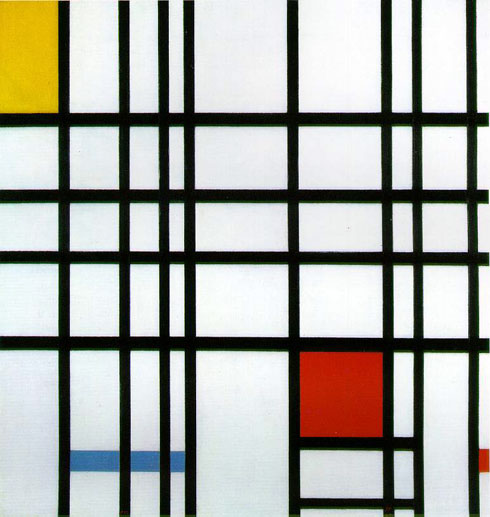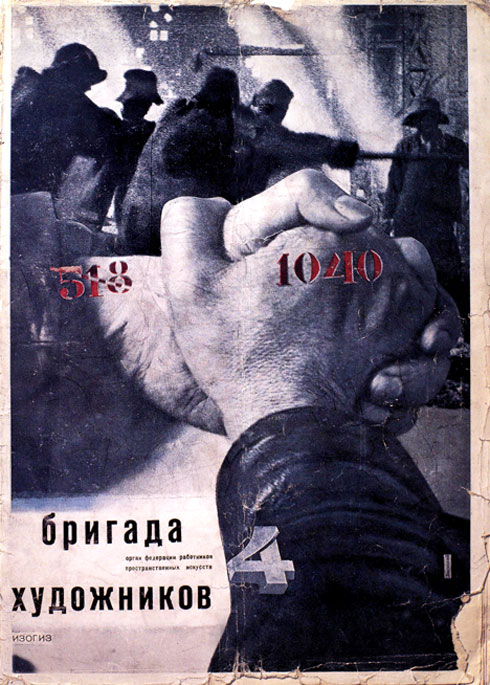Ancient Origins of Halloween
Samhain was a feast celebrated by
Celts, which now a days is known as Halloween. Celts divided the year in four
major holidays. Samhain feast was one of them, which marked the beginning of
winter, this day was very important for Celts since they were pastoral people
on this day crops were harvested and stored for the winter months. They also
believed that at the time of Samhain, the ghosts of the dead were able to join
with the living, because they thought the souls of those who died during that
year traveled to the other world. Therefore they used to get together to
sacrifice animals, fruits and vegetables. They also lit bonfires for the dead
to help them on their journey and as well to keep them away from the living.
During this celebration they used to wear costumes, typically consisting of
animal heads and skins. Samhain became the Halloween as we know it today
because of Christian’s missionaries who tried to change the religious practice
of the Celts. Christian efforts were repaid as they succeeded in making big
transformations on Pagan Holidays such as Samhain. Druids who were Celtic priests
were considered as being worshippers of the Devil as they represented the rival
religion. Celts insisted in believing in
the supernatural creatures, while the church defined them as being dangerous
and malicious, so followers of the old religion went into hiding and were
considered as witches. In 1000 A.D., the church made November 2 All Souls’ Day,
a day to respect the dead. It is thought that the church wanted to replace the
Celtic festival of the dead with a more religious feast. All Souls Day which eventually now is
Halloween was celebrated in a very similar way to Samhain, with big bonfires,
parades, and dressing up in costumes. The American Halloween tradition of
"trick-or-treat" probably dates back to the early All Souls' Day feastival
in England. During the festivities, poor citizens would beg for food and
families would give them pastries called "soul cakes" in return for
their promise to pray for the family's dead relatives. The giving out of soul cakes was
encouraged by the church as a way to replace the ancient practice of leaving
food and wine for spirits. It started as a Celtic end-of-summer festival during
which people felt especially close to their dead relatives and friends, for
which they set places at the dinner table, left treats on doorsteps and along
the side of the road and lit candles to help loved ones find their way back to
the spirit world.
Witches Masks Mumming on Halloween. 2013. Witches Masks Mumming on Halloween. [ONLINE] Available at: http://ancienthistory.about.com/cs/celtsmyth/a/lochalloween_3.htm. [Accessed 14 May 2013].
Halloween — History.com Articles, Video, Pictures and Facts. 2013. Halloween — History.com Articles, Video, Pictures and Facts. [ONLINE] Available at: http://www.history.com/topics/halloween. [Accessed 14 May 2013].
Celtic Halloween Beliefs - Samhain. 2013. Celtic Halloween Beliefs - Samhain. [ONLINE] Available at: http://ancienthistory.about.com/cs/celtsmyth/a/lochalloween.htm. [Accessed 19 May 2013].










